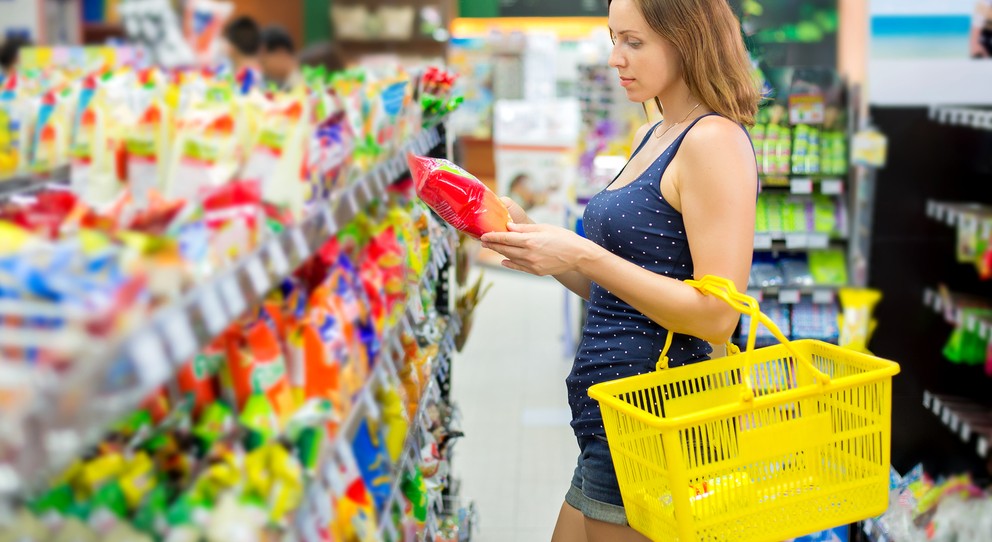In today's fast-paced world, convenience has become a crucial factor in the success of retail businesses. With the rise of e-commerce and changing consumer expectations, retailers are constantly redefining what convenience means. This blog post explores the multifaceted nature of convenience in retail, its impact on customer experience, and how businesses can leverage it to stay competitive in the digital age.
- The Traditional Notion of Convenience:
Traditionally, convenience in retail referred to factors such as store location, operating hours, and ease of access. Customers sought out stores that were conveniently located, had extended hours, and provided hassle-free shopping experiences. However, with the advent of technology, the concept of convenience has expanded significantly. - The Digital Transformation of Convenience:
In the digital age, convenience has taken on new dimensions. Online shopping, mobile apps, and personalized experiences have revolutionized the retail landscape. Customers now expect seamless, omnichannel experiences that allow them to shop anytime, anywhere. Retailers must adapt to these changing expectations to remain relevant. - Personalization and Customization:
One aspect of convenience that has gained prominence is personalization. Customers appreciate retailers who understand their preferences and offer tailored recommendations. By leveraging data analytics and artificial intelligence, retailers can provide personalized product suggestions, targeted promotions, and customized shopping experiences. This level of convenience enhances customer satisfaction and loyalty. - Frictionless Checkout Processes:
Another crucial aspect of convenience is streamlining the checkout process. Long queues and complex payment procedures can deter customers. Retailers are now adopting technologies like contactless payments, self-checkout kiosks, and mobile wallets to expedite the payment process. These innovations reduce friction, save time, and enhance the overall convenience of the shopping experience. - Same-Day Delivery and Click-and-Collect:
In the era of instant gratification, fast and flexible delivery options have become paramount. Retailers are increasingly offering same-day or next-day delivery services to meet customer expectations. Additionally, click-and-collect services, where customers can order online and pick up their purchases at a nearby store, provide a convenient alternative to traditional delivery methods. - Integration of Augmented Reality and Virtual Reality:
To further enhance convenience, retailers are exploring the integration of augmented reality (AR) and virtual reality (VR) technologies. AR allows customers to visualize products in their own space before making a purchase, while VR enables immersive virtual shopping experiences. These technologies bridge the gap between online and offline shopping, providing convenience and enhancing customer engagement.
Conclusion:
In the ever-evolving retail landscape, convenience remains a key driver of customer satisfaction and loyalty. Retailers must continuously adapt to changing consumer expectations and leverage technology to provide seamless, personalized, and frictionless experiences. By embracing the multifaceted nature of convenience, retailers can stay ahead of the competition and deliver exceptional customer experiences in the digital age.

